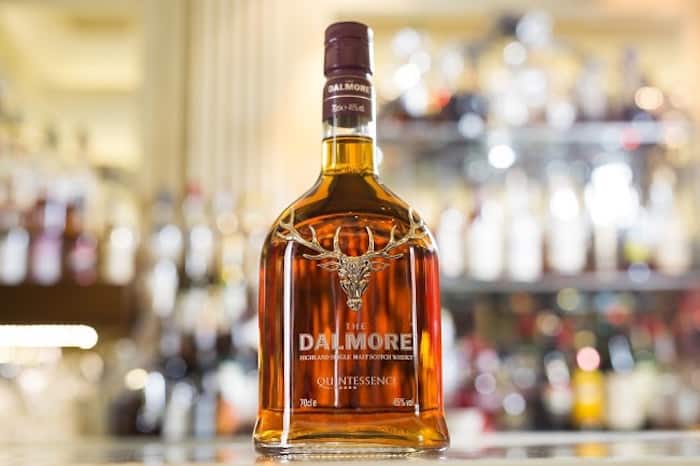Sherry barrels have long been used as vessels for aging scotch. What’s less common, but gaining in popularity as distillers and NDPs look for ways to expand the range of flavor profiles in their products, is finishing whiskey in barrels that once held wine—not fortified wine, but merlot, zinfandel, syrah, and even chardonnay.
Scotch and Irish whiskeys, as well as the full spectrum of American whiskeys, can all be aged or finished in wine barrels. For Scottish distillers, aging in ex-wine barrels is a logical exploration, since Scotch is required to be aged in used barrels. For bourbon, though, a wine barrel finish is something of a legal gray area—can a spirit that spent time in something other than new, charred oak barrels be called bourbon at all? Producers are divided on this point, with many using the bourbon label for such expressions anyway, and others shying away from it when it comes to anything that touched a used cask.
Scotch
The types of barrels Scotch distillers have experimented with span the breadth of the wine world, from sweet dessert wines all the way to heavy reds like cabernet.
Starting with the lighter end of that spectrum, Glendronach 12 Year Old Sauternes Cask Finish is a single malt finished in casks that once held sauternes, a sweet wine from Bordeaux. The finished whisky gets a good dose of fruit—apricot, nectarine, melon, and green apple—from those barrels. Glen Moray Classic Chardonnay Cask Finish is finished in barrels that once housed Chardonnay, one of the few white wines that sees time in oak. According to tasting notes from the distillery, it’s also rich with green fruit notes like apple and pear.
Red wine barrels are a far more common choice for scotch distillers—which should almost go without saying, given that most oaked wines are reds. A few examples include Hazelburn Barolo 9 Year Old, an upcoming expression that spent three years in ex-Barolo (a tannic wine sometimes labeled “Italy’s greatest wine“) barrels; The Dalmore Quintessence, a high-end (think upwards of $1,000) bottling that saw time in California Zinfandel, Pinot Noir, Syrah, Merlot, and Cabernet Sauvignon barrels; and Benromach Hermitage Wood Finish 2007, which was finished for 31 months in ex-Rhône barrels.

A rather extreme example of a wine-aged scotch is Auchentoshan 1988 Wine Cask Finish, a 25-year-old expression that spent an exceptionally long 17 years in Bordeaux barrels. That’s said to be a record for time spent in a wine barrel.
American Whiskeys
When it comes to American expressions, a wine cask finish is often a way for NDPs and young distilleries to add a unique dimension to a whiskey distilled elsewhere. Splinter Group, a California-based, winemaker-owned producer, finishes their Straight Edge Bourbon and Slaughter House American Whiskey in Napa Valley wine barrels to add a regionally distinctive quality. Another brand using wine barrels to put a California stamp on its whiskey is Amador, owned by wine conglomerate Trinchero Family Estates. Amador Double Barrel is an American whiskey that starts out in new oak, and is then finished in Napa Valley wine barrels.
Wine cask finishing isn’t just for sourced whiskey, however. One example is field-to-glass Hillrock Estate’s sauternes-finished 100% rye expression, released this past fall. There’s also plenty more American distillers getting into putting their own in-house spirits into these types of casks as well.
So no matter whether it’s Scotch or American whiskey, there are a plethora of choices out there to explore should you decide to go down the wine cask finished rabbit hole.







